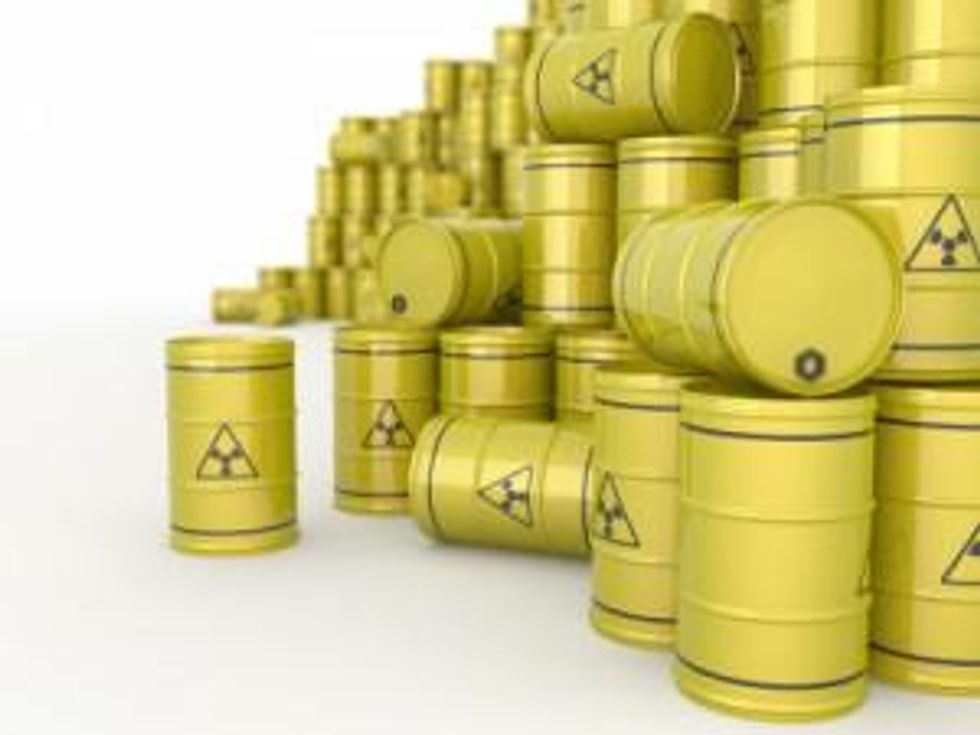- AustraliaNorth AmericaWorld
Investing News NetworkYour trusted source for investing success
- Lithium Outlook
- Oil and Gas Outlook
- Gold Outlook Report
- Uranium Outlook
- Rare Earths Outlook
- All Outlook Reports
- Top Generative AI Stocks
- Top EV Stocks
- Biggest AI Companies
- Biggest Blockchain Stocks
- Biggest Cryptocurrency-mining Stocks
- Biggest Cybersecurity Companies
- Biggest Robotics Companies
- Biggest Social Media Companies
- Biggest Technology ETFs
- Artificial Intellgience ETFs
- Robotics ETFs
- Canadian Cryptocurrency ETFs
- Artificial Intelligence Outlook
- EV Outlook
- Cleantech Outlook
- Crypto Outlook
- Tech Outlook
- All Market Outlook Reports
- Cannabis Weekly Round-Up
- Top Alzheimer's Treatment Stocks
- Top Biotech Stocks
- Top Plant-based Food Stocks
- Biggest Cannabis Stocks
- Biggest Pharma Stocks
- Longevity Stocks to Watch
- Psychedelics Stocks to Watch
- Top Cobalt Stocks
- Small Biotech ETFs to Watch
- Top Life Science ETFs
- Biggest Pharmaceutical ETFs
- Life Science Outlook
- Biotech Outlook
- Cannabis Outlook
- Pharma Outlook
- Psychedelics Outlook
- All Market Outlook Reports
The uranium spot price has seen an 11.3-percent rise in 2015, but is currently holding steady at $39.50 per pound of U3O8. While that might sound a little disheartening, Raymond James analyst David Sadowski pointed out in a recent note that the spot market saw some healthy activity in March, with total volume amounting to 6.9 million pounds U3O8e done across 32 deals.
The uranium spot price has seen an 11.3-percent rise in 2015, but is currently holding steady at $39.50 per pound of U3O8.
While that might sound a little disheartening, Raymond James analyst David Sadowski pointed out in a recent note that the spot market saw some healthy activity in March, with total volume amounting to 6.9 million pounds U3O8e done across 32 deals. That’s the highest monthly level seen over the past three years, and an increase of 2.5 million pounds.
Deals on the horizon
Sadowski also mentioned that although April is often a slow month on the uranium front, the metal’s price outlook is still generally positive, with the expectation for new deals to come that could possibly send the price moving higher.
That’s a topic covered not long ago by Seeking Alpha contributor Alpha World. The contributor notes that contracts signed in 2006 and 2007 are coming to an end, meaning that utilities are going to be returning to the market to secure future supply. They will no doubt be particularly keen to do so with the uranium price sitting so low.
Uncovered demand could also play a part in boosting prices, as it is expected to rise significantly between 2016 and 2018. In the current year, uncovered demand is only about 6.7 million pounds of U3O8; however, that amount is expected to increase to 17.6 million pounds in the coming year before jumping higher to 49.4 million pounds by 2018.
Japan and China’s nuclear ambitions
Looking longer term, the uranium price should be spurred upward by demand from Japan and China. Indeed, just last week Japanese law makers announced that the country plans to generate at least 20 percent of its electricity using nuclear power by 2030.
Though Prime Minister Shinzo Abe’s government continues to face opposition, it maintains that nuclear power is a key energy source. It is important to note that prior to the 2011 disaster, nuclear power made up roughly 30 percent of Japan‘s total energy production. In comparison, nuclear power only accounted for 1 percent of nuclear power in 2013.
Apart from Japan, China is also set to play an important role in boosting uranium demand. The Asian powerhouse is looking to build up to 100 new reactors in the next decade, a feat that undoubtedly will put more strain on supply.
Indeed, the country’s efforts to reduce carbon emissions means drastic changes in energy generation. As the Economic Times reported earlier in March, China’s low-carbon plan to means the country will need to boost its nuclear power capacity by as much as 200 gigawatts (GW) — a significant boost from 2014′s 20 GW.
With a capacity goal of 58 GW produced by nuclear power in 2020, the Chinese nuclear regulatory body needs to approve at least 10 new reactors in the next two years. That will be added to the current 22 reactors that the country has in full production, and a further 26 under construction.
Moving forward
Although Japan and China’s increased desire for nuclear power will have a positive impact on the market, JPMorgan Chase (NYSE:JPM) analyst Mark Busuttil recently cautioned that it does not come without strings attached. According to The Australian, he believes that both countries have significant build ups of material that will not bode well for demand growth moving forward.
In terms of uranium pricing, JPMorgan expects to see a rise in price this year to $42 per pound of U3O8. Beyond that, the firm believes that by 2016 the spot price will be $50 per pound, but will pull back again in 2017 as the stockpiles mentioned above come into play. However, by 2020 the firm foresees a rise to $75 per pound of U3O8 — certainly something for investors to look forward to, especially in the midst of today’s lower prices.
Investing News Network websites or approved third-party tools use cookies. Please refer to the cookie policy for collected data, privacy and GDPR compliance. By continuing to browse the site, you agree to our use of cookies.
